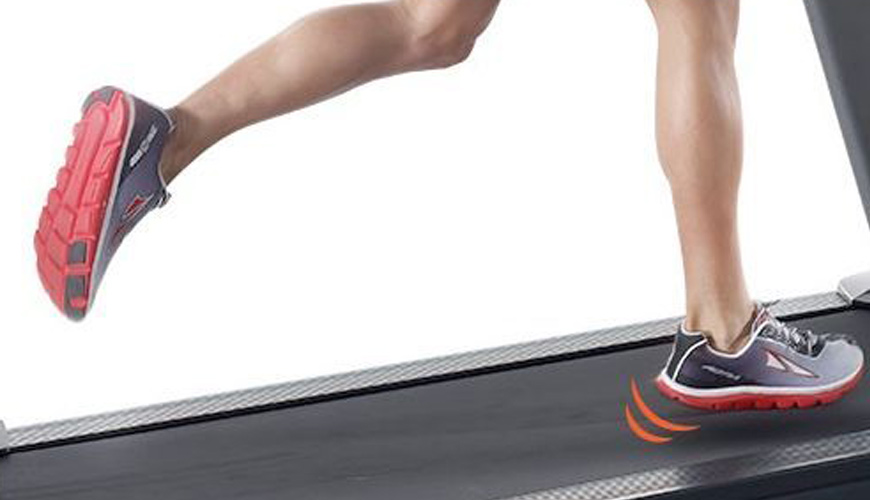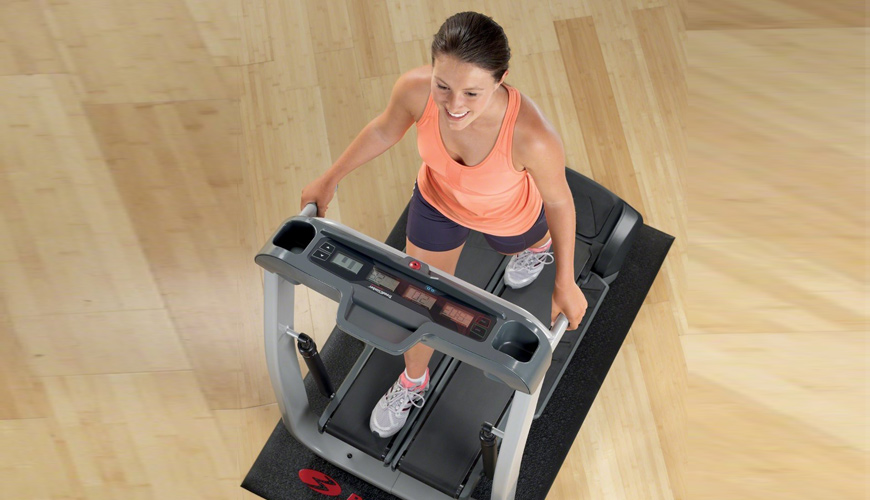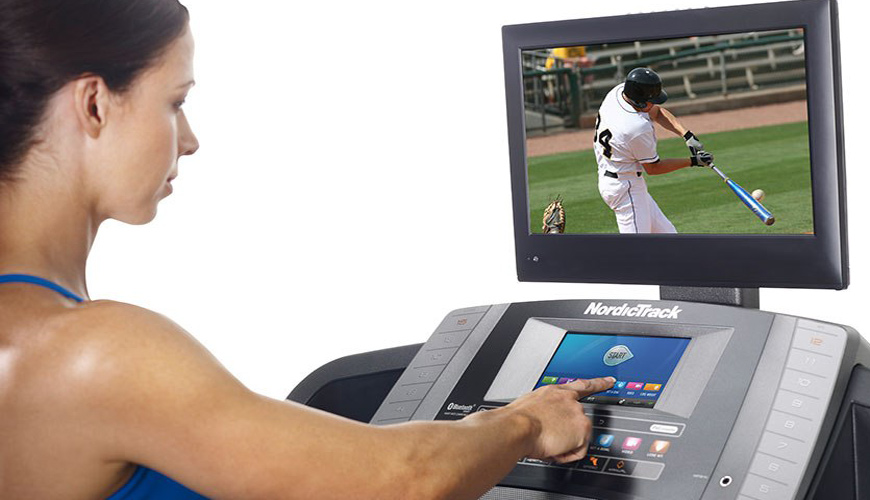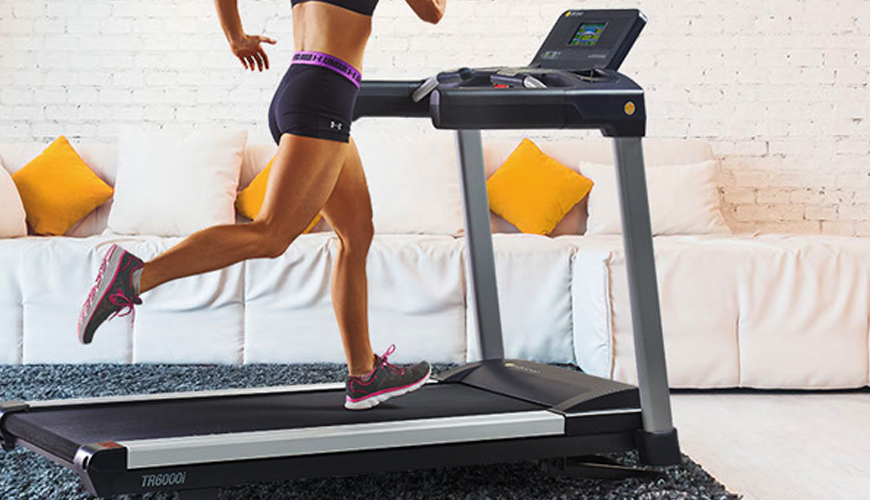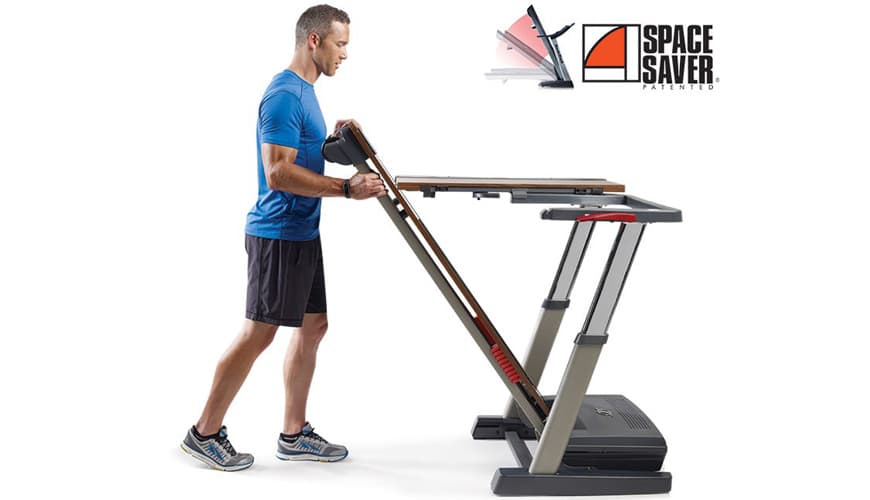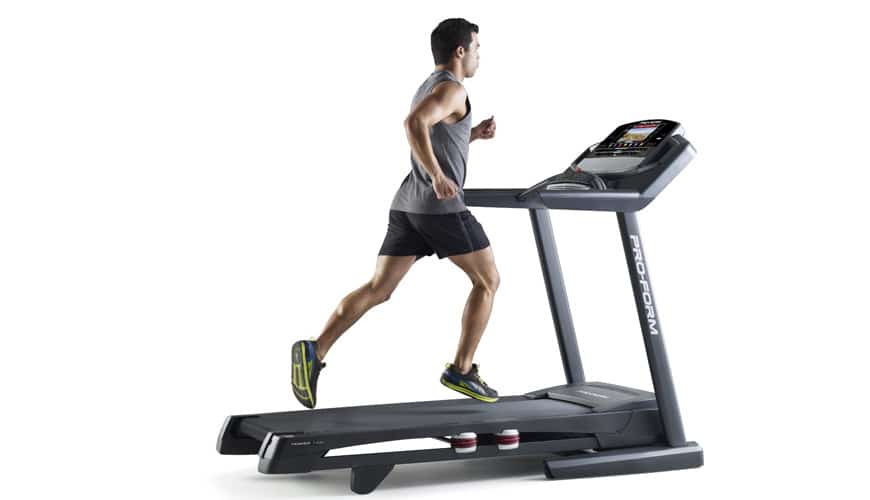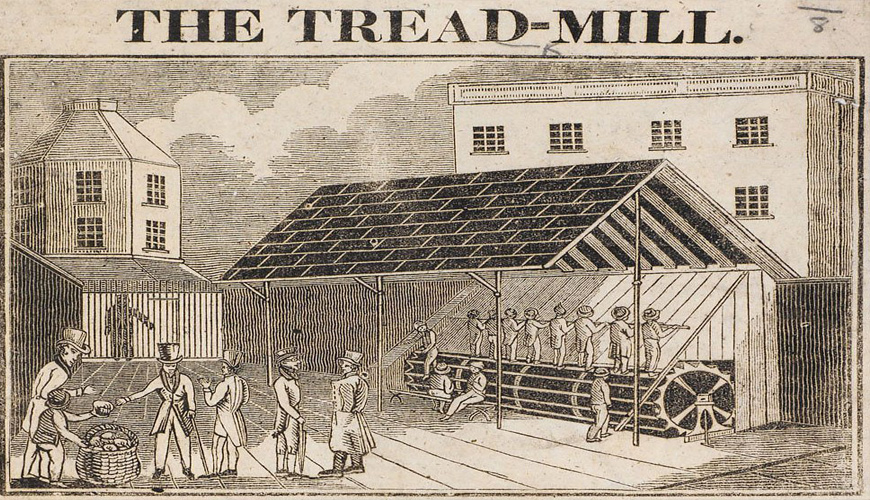The First Treadmill Was Invented in 1818 & Used For Punishment
When you have to run on a treadmill, do you feel like you are being punished? You are not alone, believe it or not, I used to feel this way too!
The history of the treadmill is not like you would probably think. Although the US Patent #1,064,968 was issued in June of 1913, the history runs much deeper than that!
The treadmill or “treadwheel” was invented in 1818 by a civil engineer Sir William Cubitt. The treadwheel was used to discipline and reform stubborn convicts.
Sir William Cubitt worked at reforming inmates and was similar to other reformers in this day. He felt that convicts should work hard and steadily in prison. In order to achieve this goal, he didn’t mind putting the prisoners through misery. The inmates suffered and went through a living nightmare.
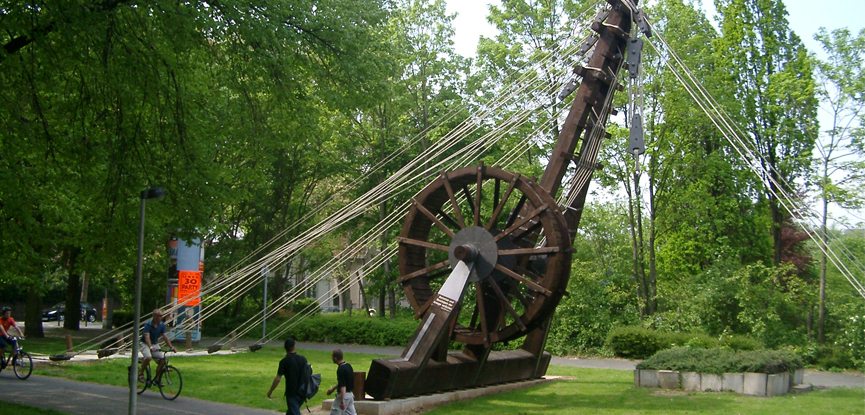
The treadmill that you see today is obviously a lot different than what is what like when it was first created in 1818.
It was similar to treadmills today in that it was simple in design but what I can see, it looks more like climbing up an escalator or stairmaster. Reports indicate it was like a paddle wheel. Apparently there was a “cylinder of twenty-four steps. The treadmill had a rotating motion and forced the inmates to walk next to each other.
Here is a black and white image of the treadmill invention at work in the year 1864, which is 46 years after the original invention. It’s hard to believe this took place. I couldn’t imagine even working as a prison guard and seeing torture like this!
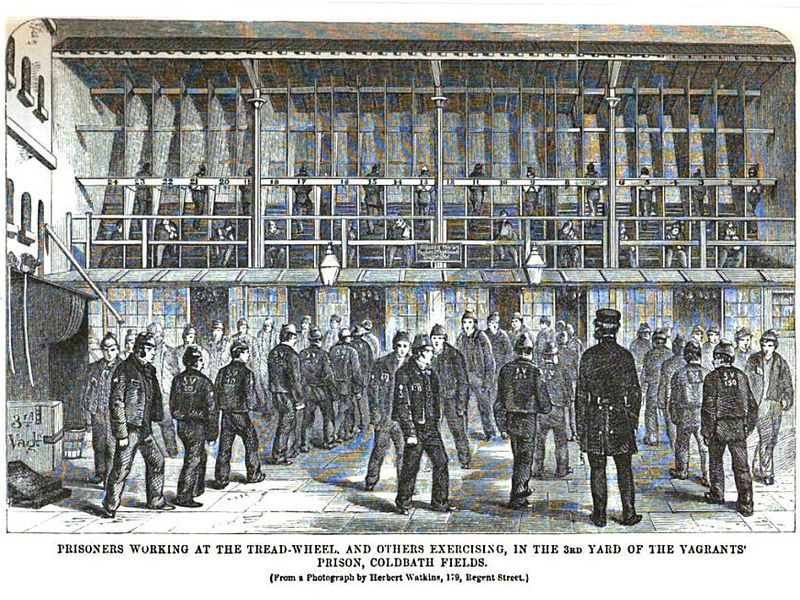
Once the tread-wheel was invested in 1818, the first place it was used was in England in the same year. New York later installed the treadmill in he New York City jail in 1822 and they started it’s use. Per Today in Science History
Following the New York Jail placement, treadmills were installed in prisons all over the United States. Later in the US, prison wardens moved away from the treadmill and began other favorable work like cotton picking and rock breaking.
England didn’t stop the treadmill until the “cruel abandonment” took place in the late 19th century and England finally dissolved the treadmills in 1902.
Claude Lauraine Hagen saw the treadmill differently and file for a patent in the United States as a “training machine” and had a treadmill belt. Hagen was given the patent 1913.
Hagen’s design are still relevant to current times. For example, his design included a vision of the treadmill to fold-up and be transportable. Similar to the Space Saver Technology that is used today. He also demonstrated a treadmill to be adjusted and essentially incline off of the ground.
In the 1920’s and 1930’s new treadmill models were created but didn’t offer a motor. But in 1952, the first motorized treadmill was co-invented by cardiologist Dr Robert A Bruce. This treadmill was used to diagnose heart and lung conditions and diseases.
By the late 1960’s, mechanical engineer William Staub invented the first mass-produced home treadmill. As a runner, he was intrigued by having a fitness machine conveniently indoors. Especially due to the cold winters and knowing health clubs weren’t prevalent at this time.
Staub’s treadmill was the PaceMaster. The price was $399.00 which is roughly $2,800.00 in today’s dollars.
By the time the 1980’s and 1990’s came about treadmill sales continued to increase. There were new innovations and but the concentration was put on treadmill comfort and it’s usability.
At the time of 1991, Life Fitness was one of the most well know brands in fitness and they brought their first treadmill to the marketplace with a focus on comfort with their patented shock absorption system.
Life Fitness to this day is still a market leader in treadmills and are seen in most health clubs across america. They introduced the patented shock absorption system and also the first touchscreen console in 2003.
Many other leading brands continue to emerge during this time like Icon Health & Fitness, Inc. that have many quality brands under their umbrella such as NordicTrack, ProForm, FreeMotion and Weider.
Today, there are dozens of manufacturers and a handful of marketplace leaders in the commercial treadmill space as well as the standard home treadmill space.



